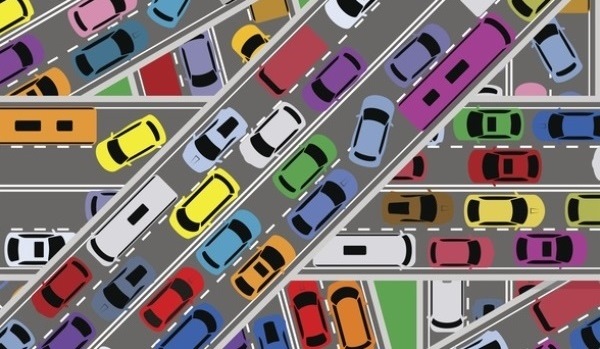Defensive driving starts with you.
It can be a jungle out there on the road … and time-crunched drivers often produce a hectic environment full of aggressive maneuvers and little to no consideration for other vehicles. That’s when accidents happen, but you can be the one that makes all the difference.
Defensive driving involves much more than on-the-spot responses when you’re in traffic. Here are some things you can do to stay ahead of the curve:
1. Plan Ahead
Surprisingly, defensive driving starts before you even leave home. Get in the habit of checking weather conditions, and if you know it’s going to be a wet or icy commute, make sure you leave yourself enough time to make that trip carefully, instead of feeling rushed during your commute and driving faster than you should in bad conditions. Take extra precaution when it comes to making tight turns like when you merge on and off of highway ramps. You should be mentally ready to make those turns extra slow. If at all possible, stick to a lane with a shoulder next to it, so you have somewhere to move in an emergency.
2. Always Scan Your Surroundings
“That car came out of nowhere!” If you’ve ever heard someone talk about what happened during a motor vehicle accident, those words are uttered all too often. It’s impossible to see everything that’s around you all the time. That’s why it’s important to continuously check your mirrors and thoroughly scan intersections well before you pass through them. Defensive driving means getting in the habit of taking a quick peek down intersecting streets as you approach them so you can avoid being T-boned by a careless driver not paying attention to their red light. The ultimate goal is to always anticipate where vehicles will be a few seconds later so you can respond quickly.
3. Brake Early
4. Never Go On The Offensive
5. Don’t Get Distracted
Defensive driving means protecting yourself from more than just other drivers. It’s about thinking ahead and anticipating hazards so you can avoid accidents before they happen.
It’s always good to assume that not everyone is paying attention or driving as carefully as you, but your preparation, perspective, and sense of accountability can make a huge impact on whether you arrive somewhere safely or put yourself at risk of an accident.
GEICO encourages everyone to drive defensively. Check out all the Safe Driving Resources available for teens and drivers of all ages. Then visit geico.com, get a quote, and see if you qualify for safe driver discounts. You might be surprised at how much you could save.
By Steven Scott
Read more: Defensive Driving Tips for Heavy Traffic
